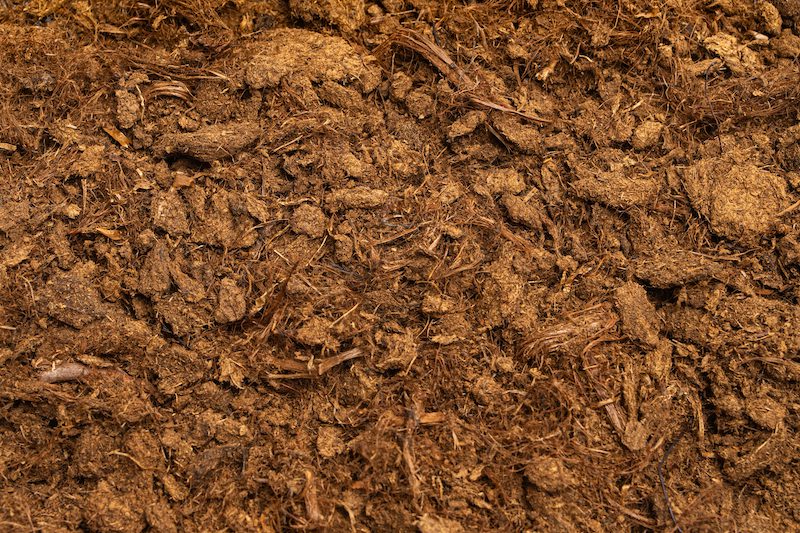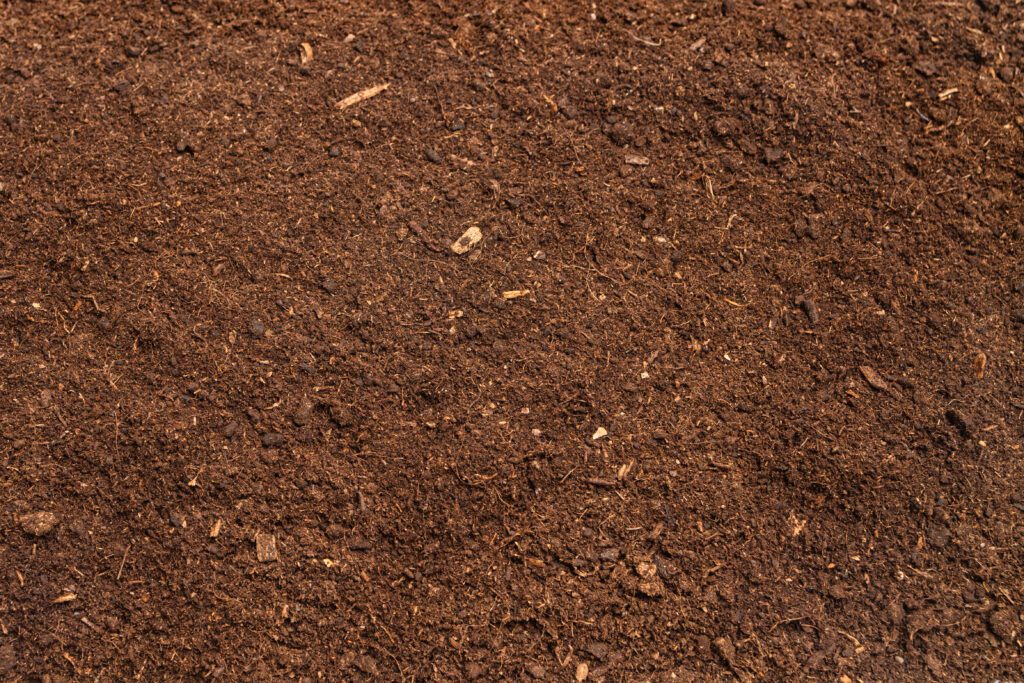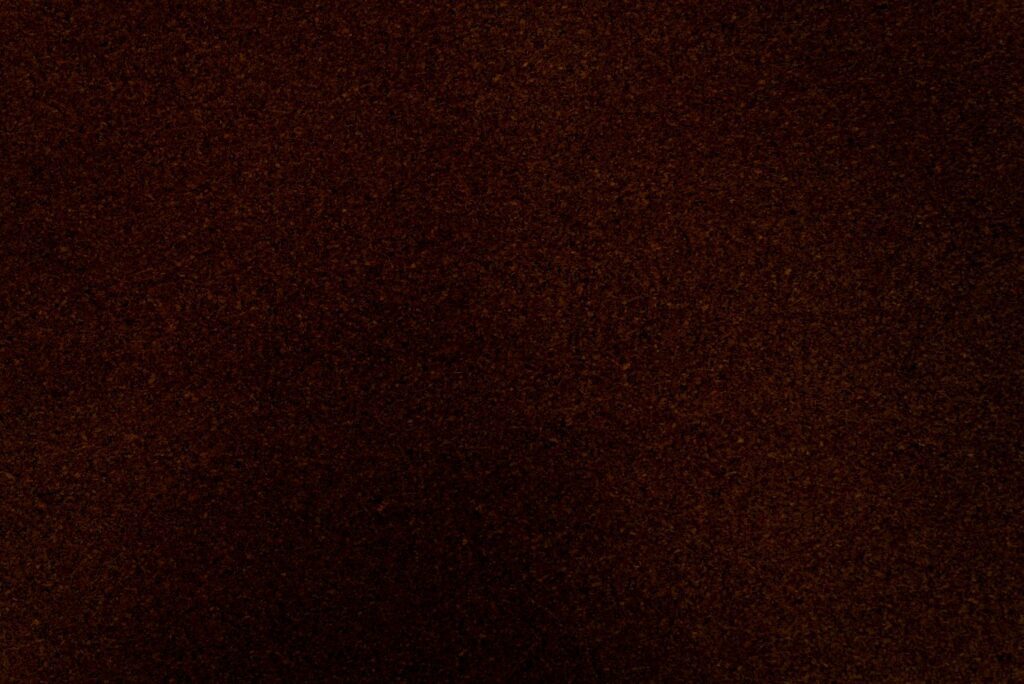Peat is an organic material formed from the remains of vegetation. Excess water and lack of air led to the preservation and accumulation of plant residues. Natural peat is classified according to the conditions under which it was formed, in a raised bog (ombrotrophic peatland) or in a lowland bog (minerotrophic peatland).
Raised bog peat is usually formed from the remains of large-leaved peat moss (Sphagnum). Its properties - looseness, good water and air permeability, nutrient retention and sterility - make peat an indispensable raw material for substrate mixtures to assist plant growth.
Lowland bog peat includes mossy and grassy peat and peat with a high wood content. Due to the heat generated by wood residues, we use lowland bog peat to produce peat of a particularly high quality for heating.
The colour of the peat reflects the degree of decomposition of the plant residues, which is classified according to the von Post scale, ranging from H1 to H10 (see figure).
According to the degree of decomposition, peat is divided into slightly decomposed, moderately decomposed and highly decomposed peat.
To ensure the quality of the peat produced and sold, and for the convenience of customers, UAB Durpeta classifies peat into 4 categories:
- Category A: light (blonde), peat decomposition up to H3 (up to 32%);
- Category B: brown, peat decomposition up to H5 (up to 42%);
- Category C: black, peat decomposition up to H6 (up to 62%);
- Category D: very dark, peat decomposition up to H6 (up to 85%);
Peat of all categories is packaged in bulk bags (FIBC) and bags of different sizes.

Light (blonde) peat
This is a yellowish-brown peat where the plant material is only slightly decomposed and the plant residues are still clearly visible.

Black peat
The main characteristic of black peat is that it is a highly decomposed peat (von Post H6-H7), so it will not decompose further during the plant growing process.

Very dark peat (sedge peat)
Very dark peat (sedge peat) is the deepest and oldest layer in peat bogs.


